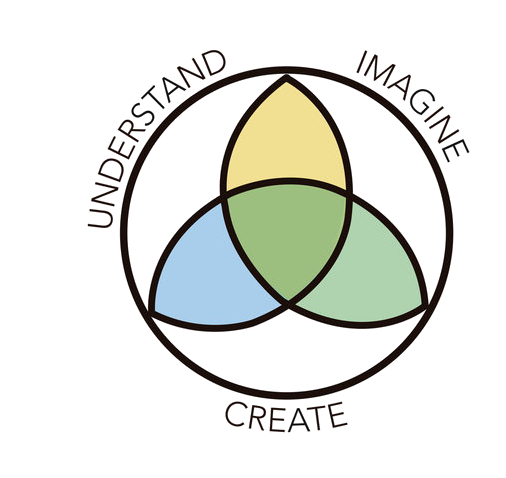Programs
Renewing Public Education
Parents speaking about what they have learned
Urban Imagination Network (UIN) School Redevelopment program (1995-2001)
The Urban Imagination Network (UIN) was a collaboration developed and facilitated by Imagine Chicago between eight Chicago public schools and six museums (the Field Museum, Shedd Aquarium, Chicago History Society, Chicago Botanic Garden, the Kohl Children’s Museum, and Mitchell Museum of the American Indian) to improve reading comprehension in the content areas of science and social studies, and to strengthen the skills of parents as primary educators. Teachers and principals served as change agents to revitalize their schools through an asset-based approach to planning and the integration of visual, interactive learning into the curriculum. Parents worked on connecting topics at school to learning at home. Each school developed an on-site museum, working in partnership with a different museum each year. The Chicago Annenberg Challenge funded the UIN network as a six-year development process.
UIN Teacher Renewal (1998-2001)
This program of used personal stories, arts-based activities, reflections on classroom practice, and insights from poets, storytellers and various wisdom traditions, to renew the vocation of the teacher. Two groups of 24 teachers completed a two-year cycle of overnight quarterly retreats held at the Chicago Botanic Garden. The program was designed and facilitated by Imagine Chicago, building on the Courage to Teach program originally developed by the Fetzer Institute.
UIN Parent Development Program (1999-2002)
This bi-lingual parent literacy program was run in partnership with Chicago area museums and underwritten by the Chicago Annenberg Challenge, local area churches, and local corporations. Its focus was to improve parents’ effectiveness as family educators through developing reading, research and workforce skills, and strengthening school-community connections. The program offered parents, who had often been treated as objects in a depersonalized system of education and welfare, the opportunity to understand and make decisions about the systems at the heart of a city’s life and a family’s budget--transportation, energy, education, food, communication, wealth creation, recreation, housing, health. Parents designed and created activities to teach their children what they had learned. By learning to read their city, the parents re-envisioned themselves as educators, community leaders, thinkers, and creators of the city’s future.
Citywide Agenda: Jan | Feb | Mar | Apr | May | Sep | Oct | Nov | Dec
Inschool Agenda: Jan | Feb | Mar | Apr | May | Sep | Oct | Nov | Dec
Parent Program
Spanish: health | education | income | food | transportation | housing | energy | communication | contributors
English: health | education | income | food | transportation | housing | energy | communication
Lessons Learned (pdf)
Progress Report (pdf)
Quotes by Parents (pdf)
UIN Reading and Writing a City (1997-1998)
Reading and Writing a City was a curriculum about Chicago’s built environment that challenged students to understand Chicago’s development and see themselves as creators of Chicago’s future. Designed by Imagine Chicago and DePaul’s Center for Urban Education, and underwritten by the Graham Foundation, it was made available to teachers throughout Chicago public schools in 1998.






